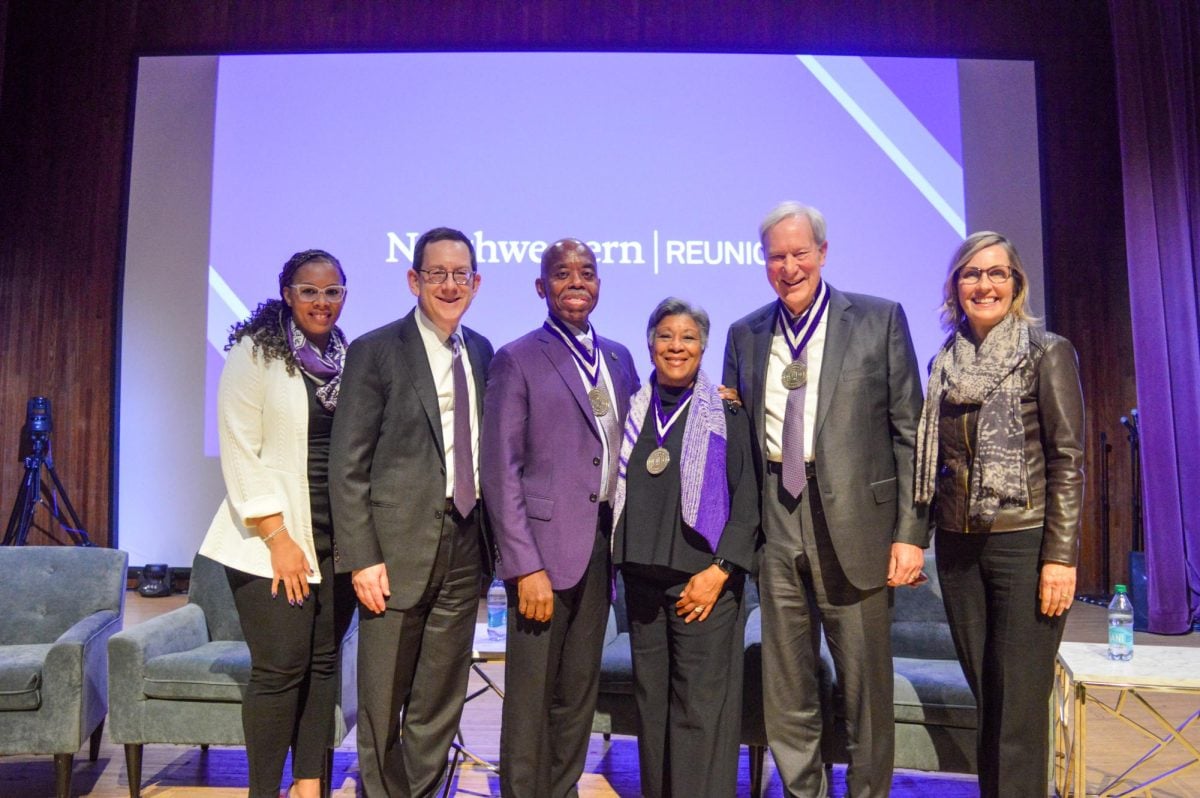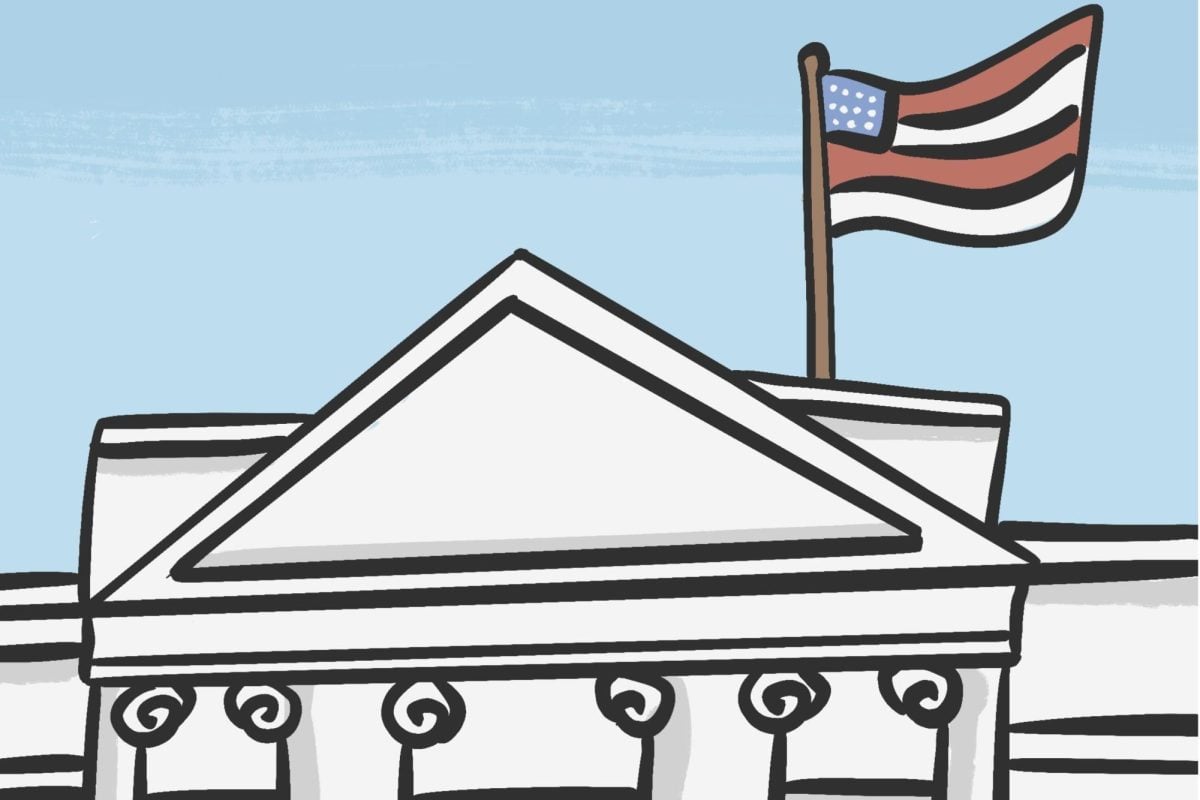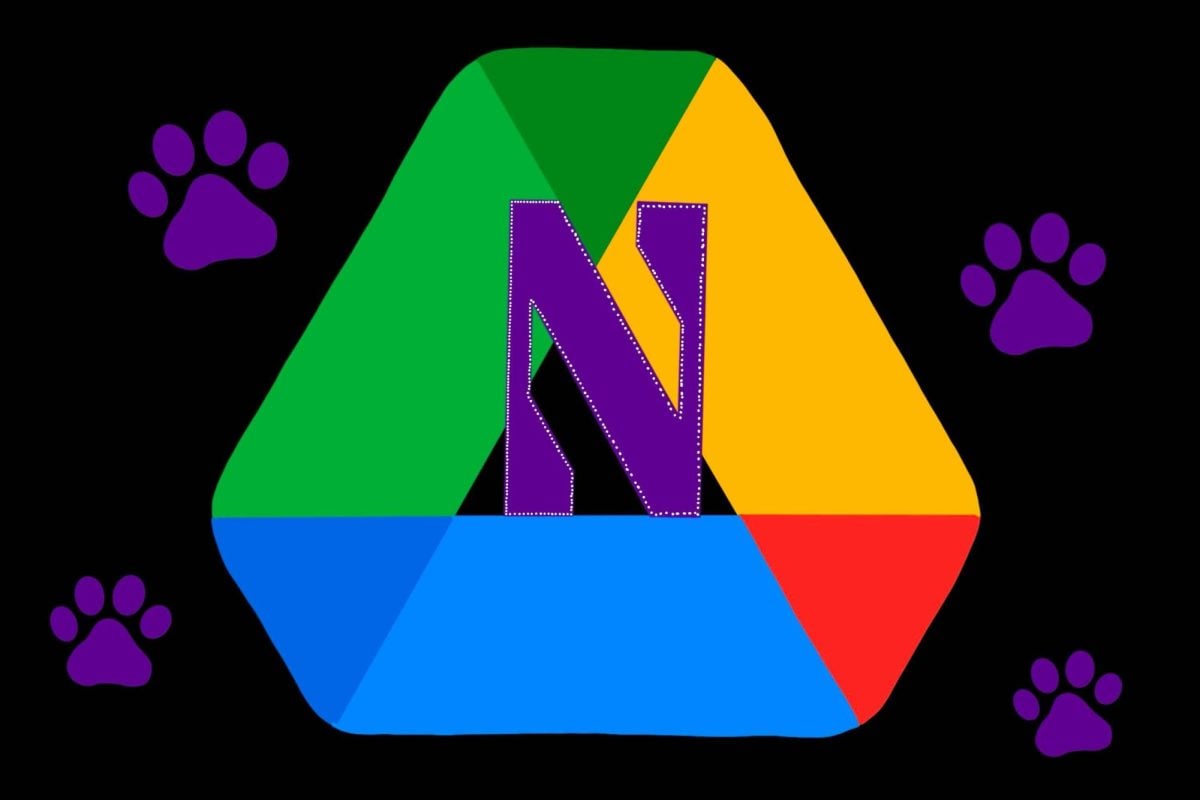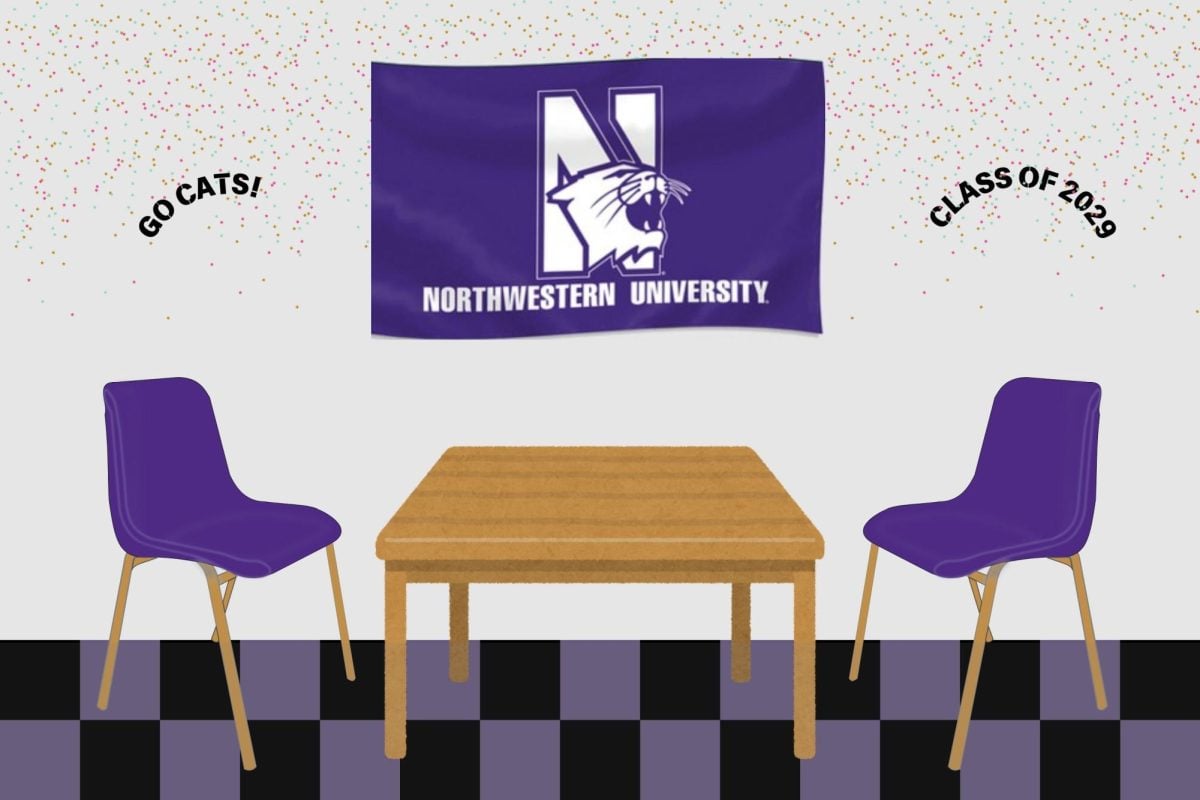CEO and Northwestern alumnus Bill Sagan (WCAS ‘73) spoke at the McCormick Tribune Center Forum on Thursday about his company, Wolfgang’s Vault, to an audience including University President Morton Schapiro and other University administrators, faculty and students.
The company, which Wall Street Journal reporter Ethan Smith called “the most important collection of rock memorabilia and recordings ever assembled in one business,” brings together the trade of rock history relics with the goal of archiving and preserving the collection.
“We never sell the last two of anything,” Sagan said.
The company also manages music festivals, Paste Magazine and independent music website Daytrotter. The archive website, wolfgangsvault.com, gets more than 100,000 hits every week.
President Schapiro said the University Library-sponsored lecture allowed him to reflect on the music of his youth.
“It certainly brought back a lot of great memories for me,” Schapiro said. “Because of all my musical allegiances in my life, none was so fervent as to the Grateful Dead, who I used to see at the Fillmore East.”
Many of the recordings in the Wolfgang’s Vault archives are rare or unique. During the lecture, Sagan played a recording of Bruce Springsteen performing his original “Blinded by the Light” in 1973, when the E Street Band was still an opening act and before Manfred Mann covered and popularized the song.
Sagan explained his interest in rock music grew out of his experience as a student at NU between 1969 and 1973. At that time, rock music and political turmoil were intertwined and defined student life, he said. As on-campus Vietnam War protests occasionally turned into rioting in Evanston and clashes with police on Sheridan Road, Sagan said students expressed themselves through art and music.
Left-leaning students frequented Amazingrace, a counter-cultural coffee house, restaurant and meeting place in the basement of Scott Hall that hosted such nationally recognized musicians as Doc Watson and the Grateful Dead, he said.
Graham kept concert posters (a practice Sagan said Graham invented), shirts, photographs, audio recordings, films and tickets from concerts with which he was involved. These included Jimi Hendrix, Led Zeppelin, Santana, house band Jefferson Airplane, and many others.
Moving the collection to form the Wolfgang’s Vault archive involved filling 24 tractor trailers, and organizing it took four archivists 10 months to complete, Sagan said.
The contents of the archive sometimes lead to conflicts with artists unhappy with their un-sanitized portrayals, he said.
“We play, we stream, whatever the performer did that night. We don’t really care if it’s not good,” Sagan told the audience. “We have video of Lou Reed putting a band around his arm onstage and shooting up heroine.”
At a reception after the event, the audience recalled the impact the heyday of rock music made on their own youths.
Bob McQuinn, vice president for alumni relations and development, said hearing Sagan’s recording of Springsteen struck a chord with him.
“I remember when almost every block had a garage band,” McQuinn said. “These were the royalty who emerged from that grass-roots movement. To hear Bruce Springsteen literally weeks after emerging – it’s mind-boggling.”
Several NU alumni, or “Gracers,” who helped run Amazingrace will be visiting the Evanston campus this Homecoming weekend to celebrate the 40th anniversary of the coffeehouse.






